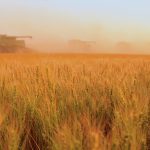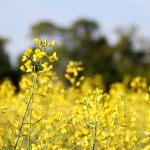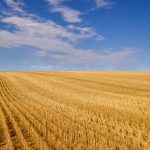Currently, United States President-elect Donald Trump is more of an influence on Western Canadian feed grain prices than a weaker Canadian dollar said Brandon Motz of CorNine Commodities in Lacombe, Alta.


Weaker Canadian dollar less of an influence



Total exports through October up more than 18 per cent



Bumps up wheat estimate, trims barley outlook


